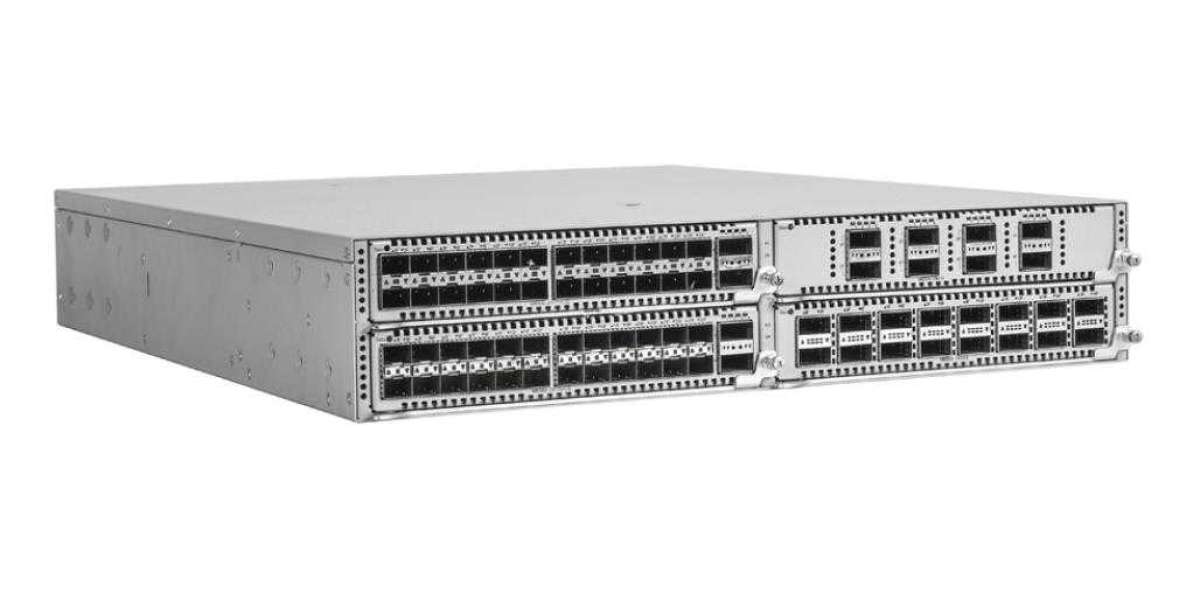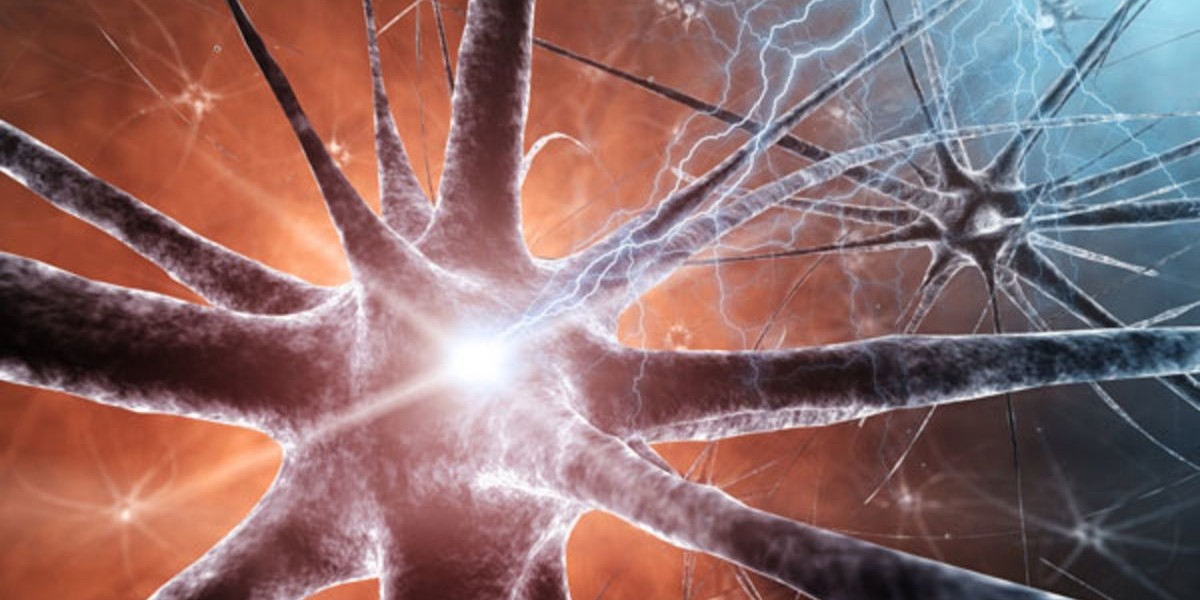A data center is a facility that provides shared access to applications and data using complex network, computing, and storage infrastructure. The existence of industry standards is to help design, build, and maintain data center facilities and infrastructure to ensure that data is both secure and highly available.
Types of data centers
Data centers vary in size, from small server room to geographically distributed buildings, but they all have one thing in common: they are key business assets that enterprises often invest in and deploy the latest advances in data center networks, computing and storage technologies.
Modern data centers have evolved from facilities that include internal deployment infrastructure to facilities that connect internal deployment systems with cloud infrastructure. In cloud infrastructure, networks, applications, and workloads are virtualized across multiple private and public clouds.
Enterprise data center switches are typically built and used by a single organization for their internal purposes. These are common among technology giants.
Hosted data centers are a type of leased property where the space and resources of the data center are available for those willing to rent it.
The hosting service data center serves as a third-party provider of data storage, computing, and other services, directly serving customers.
Cloud data centers are distributed and sometimes provided to customers with the help of third-party hosting service providers.
The Evolution of Data Centers towards the Cloud
The main reason for migrating to the cloud is that virtual cloud data centers can be configured or reduced with just a few mouse clicks. In modern data centers, Software Defined Networks (SDNs) manage data streams through software. Infrastructure as a service (IaaS) products are hosted on private cloud and public cloud, and the entire system is started on Power-up in standby. When new applications are needed, platform as a service (PaaS) and container technology are immediately available.
More and more companies are turning to cloud computing, but some are unwilling to take this step. According to reports, in 2019, the annual expenditure of enterprises on cloud infrastructure services exceeded that of physical hardware for the first time. However, a survey by Uptime Institute found that 58% of organizations reported a lack of visibility, transparency, and accountability in public cloud services, resulting in the majority of workloads remaining in enterprise data centers.
Data Center Architecture Components
The data center consists of three main types of components: computing, storage, and networking. However, these components are only the tip of the iceberg in modern data centers. Underneath the surface, supporting infrastructure is crucial for meeting service level agreements in enterprise data centers.



